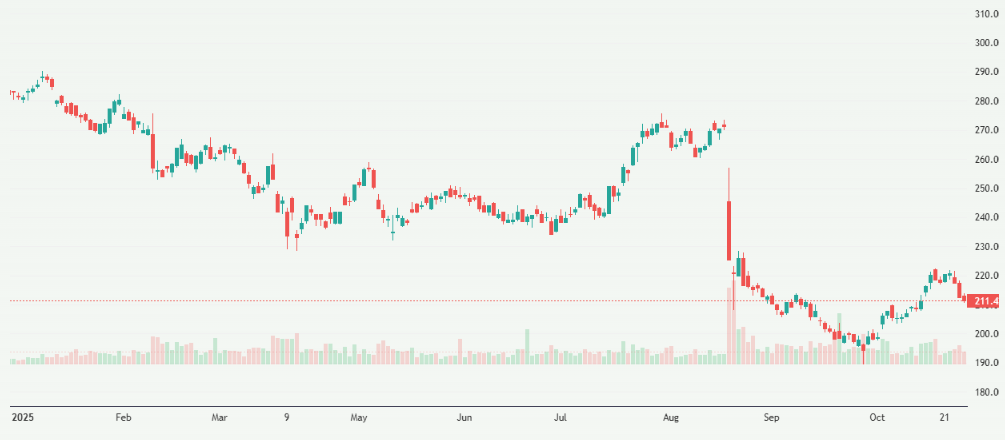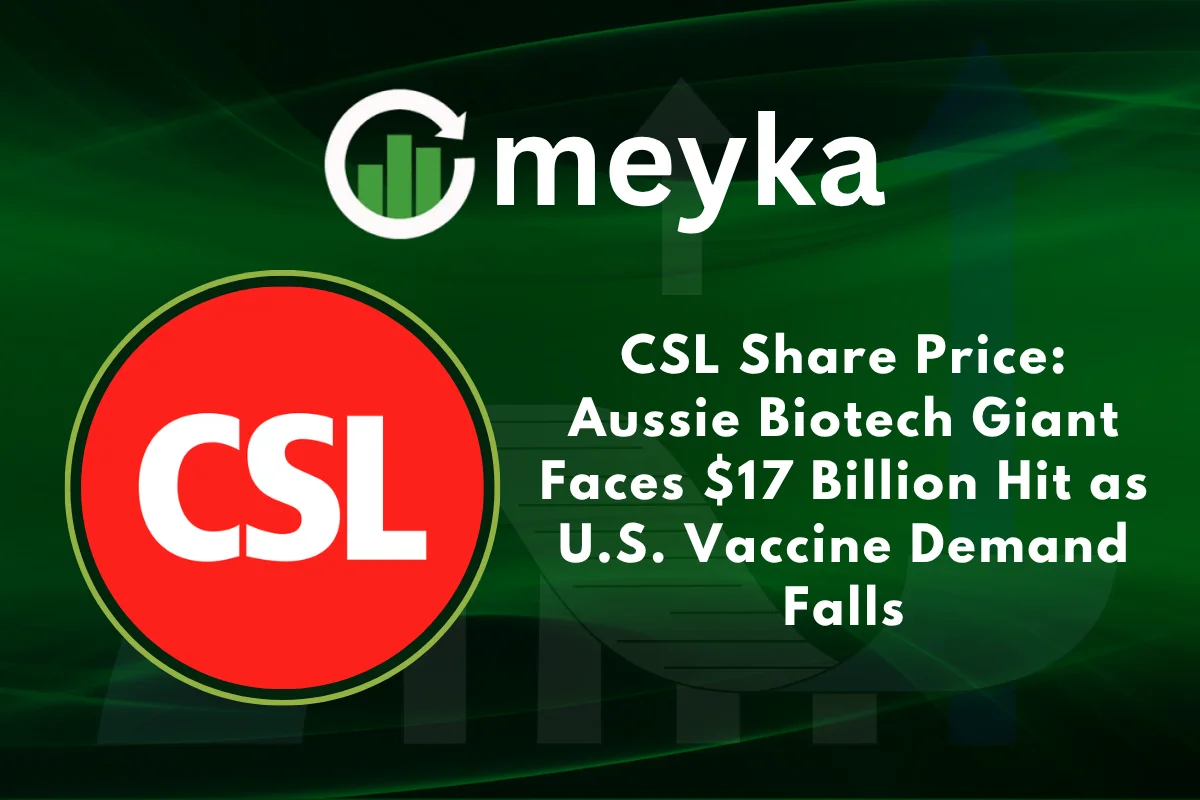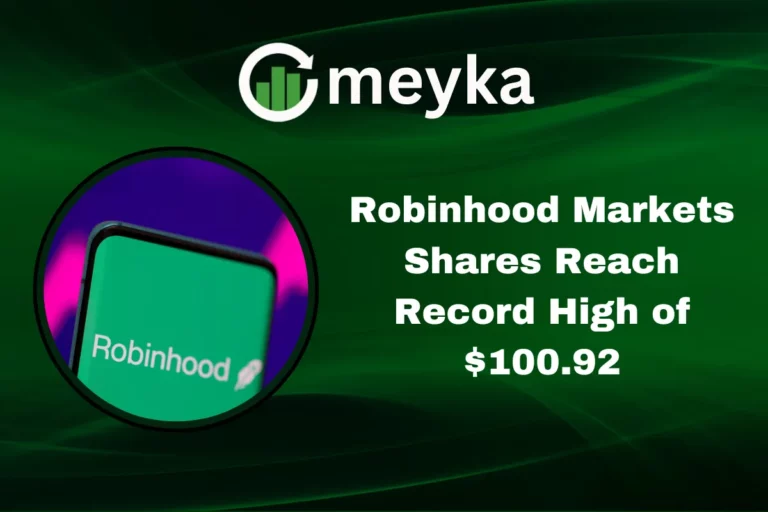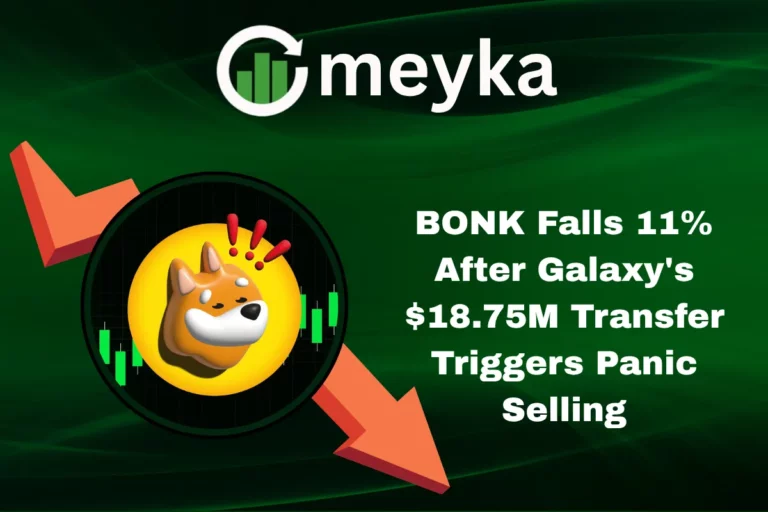CSL Limited Share Price: Aussie Biotech Giant Faces $17 Billion Hit as U.S. Vaccine Demand Falls
In recent weeks, the CSL share price has come under intense pressure as Australia’s biotech powerhouse confronts weakening U.S. vaccine demand, driving a dramatic shift in investor sentiment. Once regarded as a stable performer among healthcare stocks, CSL now faces a sharp reassessment of its growth prospects and strategic direction.
What’s happening with the CSL share price?
CSL’s stock (ASX: CSL) dropped to its lowest level in over six years, sliding as much as 14 % in one session as investors absorbed disappointing guidance and structural headwinds. According to data from Reuters, the company’s market capitalization has shed billions of dollars, with some analysts estimating the hit to value at around US$11–12 billion (≈ A$17 billion).
On one hand, CSL remains a leading global biotech firm. On the other hand, the drop in U.S. influenza-vaccine demand, particularly through its vaccine arm Seqirus, is undermining that narrative.
Investors in biotech and stock market watchers are now wrestling with difficult questions: Is CSL’s value tied too strongly to a single weak segment? How resilient is its broader plasma-therapy business? And does this turning point signal risks for other healthcare and AI stocks that have been riding strong sentiment?

Why is the slide so sharp
1️. Declining U.S. vaccine demand
Seqirus supplies influenza vaccines in the U.S. and globally. The company warns that U.S. flu-vaccination rates could decline by around 12% this season, with even steeper drops among older age groups. Lower demand translates directly into weaker revenue and profit expectations for CSL.
2️. Guidance downgraded
CSL slashed its full-year revenue growth forecast from 4-5% to 2-3% and its net profit (NPATA) growth from 7-10% to 4-7% for FY26. A weaker outlook naturally pressures the share price and raises doubts about the company’s future earnings power.
3️. Delay of strategic actions
CSL decided to delay the demerger of its Seqirus vaccine division, originally slated for 2026, due to market volatility and the U.S. vaccine headwinds. Investors had viewed the spin-off as a value unlock; its postponement cast further doubt on management’s roadmap and timing.
4️. Broader market context
The biotech-healthcare sector is under pressure, and CSL’s drop has ripple effects. In the ASX market, CSL’s performance is dragging down healthcare stocks and reshaping sentiment around traditional growth stocks. Coupled with rising interest rates and macro-stress, the “safe bet” aura around CSL is fading.
What this means for investors and stock research
For those watching biotech, the CSL share price move is a stark warning: even major players face structural risk. While many investors focus on “AI stocks” or headline technological disruptors, CSL reminds us that fundamentals, demand, guidance, and structural shifts still rule.
Here are key takeaways for stock market and stock research-oriented readers:
- Diversification matters: CSL’s exposure to vaccines made it vulnerable. Investors should map revenue by segment, region and risk.
- Growth vs stability trade-off: CSL was once seen as a stable compounder. Now it acts like a growth stock with downside risk.
- Guide changes matter more than surprises: The rapid downgrade of guidance triggered much of the sell-off.
- Sector contagion: Health-care names may see correlated pull-backs. If CSL is under pressure, peer names might follow.
- Valuation reset: A share-price fall orders a reassessment of valuation; what once looked richly priced may now have opportunity, if the business stabilises.
As of now, CSL’s dividend yield is hovering below 2%, reducing its appeal for income-seekers. Moreover, the company’s execution of turnaround initiatives will be under close scrutiny in upcoming reports and investor commentary.
What’s next? The path forward for CSL
Short-term outlook: CSL must navigate a weak U.S. vaccine market while restructuring and cost-cutting. Management has signalled a plan to save around US$500 million over two years. Key upcoming catalysts include whether vaccination uptake improves, whether the Seqirus demerger resurfaces with a credible timeline, and how the plasma therapy business performs.
Mid-to-long run view: If CSL can stabilise revenues, rebuild investor trust and deliver consistent profit growth, the share price could recover. The plasma-therapy business remains a strong asset and may drive future growth. But this will require execution without major missteps.
Risks: If vaccine demand remains structurally lower, or if cost pressures or regulatory issues arise, the weakness could persist. Given the size of the downward move, further downside is possible if the business disappoints again.
For investors doing deeper stock research, tracking quarterly earnings, ASX announcements and management commentary is critical. CSL’s next guidance update will arguably be more impactful than many smaller names simply due to the size of the business and the scale of the reset.
Bottom line
The CSL share price slump marks a turning point for one of Australia’s largest biotech firms. Strong fundamentals once made CSL a cornerstone healthcare stock; today, structural weakness in its vaccine business and a pause in strategic manoeuvres expose sharp vulnerabilities. For the broader stock market and biotech investors, the lesson is clear: even market leaders are not immune to shifts in demand and investor expectations.
If CSL can execute a clean turnaround, deliver stabilised growth and revive investor faith, it could rebound. Until then, the spectre of further downside looms.
FAQs
CSL operates in biotech, with key segments including plasma therapies (CSL Behring), vaccines (CSL Seqirus) and Vifor (iron-deficiency therapies). The share price drop was largely triggered by weaker U.S. influenza vaccine demand, a downgrade in growth guidance and the delay of a planned spin-off of the vaccine unit.
That depends on your risk appetite. While a sharp fall in the share price may offer an opportunity, the company faces near-term uncertainty. Investors should watch upcoming earnings, cost-saving progress and any signs of stabilised demand. Given the stock’s weakness, only those comfortable with risk and a multi-year horizon may find the setup compelling.
CSL’s setback shows that a strong reputation does not fully shield a company from structural change. For biotech and other growth-oriented stocks, it emphasises the importance of demand trends, segment exposure and market expectations. Investors focusing on AI stocks or emerging healthcare firms should consider similar risks: high growth expectations must be matched by delivery, or investor sentiment can reverse quickly.
Disclaimer:
The content shared by Meyka AI PTY LTD is solely for research and informational purposes. Meyka is not a financial advisory service, and the information provided should not be considered investment or trading advice.






